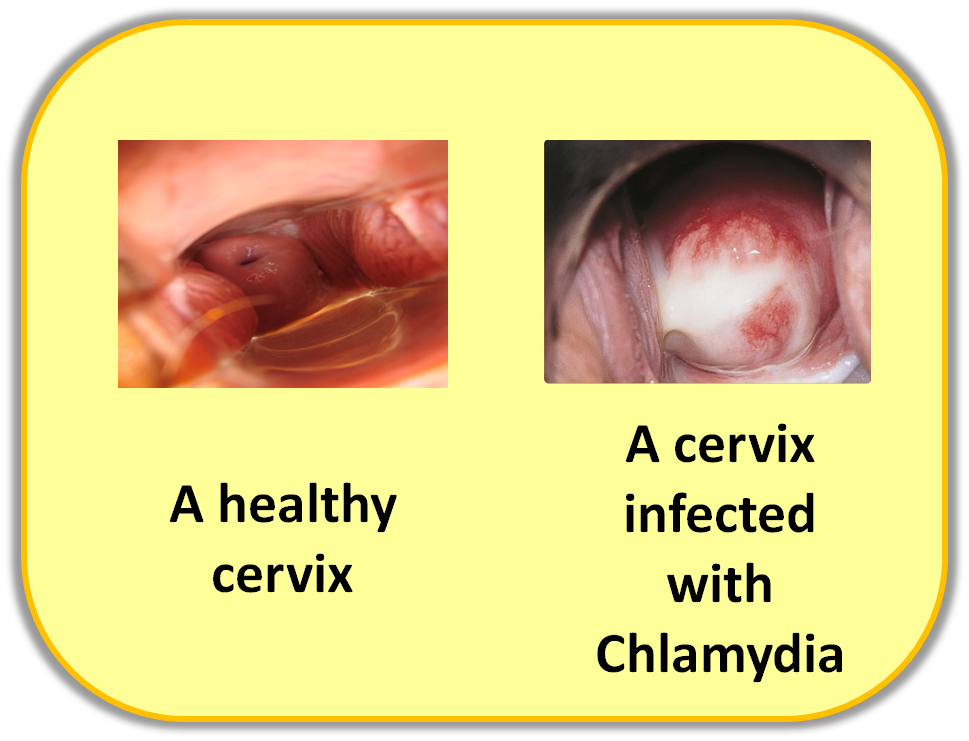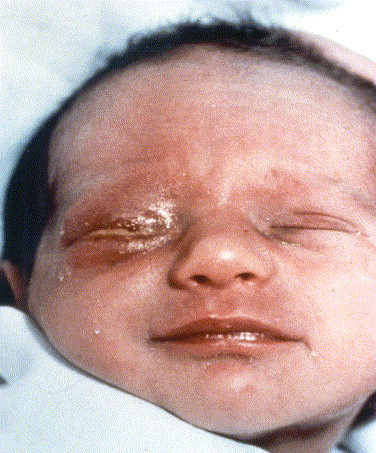For most people, NGU isn’t a college in South Carolina. In fact, non-gonococcal urethritis isn’t really even that anymore, meaning it doesn’t need to be defined by the fact that it’s not gonorrhea. Chlamydia (the most common cause of NGU) by itself causes an estimated 3 million sexually transmitted infections a year. It is the most likely reason you’re coming into the emergency department when someone’s been behaving badly, and it was the most common sexually transmitted infection for a long time (prior to the advent of human papillomavirus – HPV). This Straight, No Chaser gives you some essential information about sexually transmitted infections featuring Chlamydia.

1. It’s a real good reason to wear condoms. Chlamydia most commonly presents with no symptoms but may present with burning with urination, having to go more often (that’s the urethritis; the urethra is the tube through which urine flows) and a cloudy discharge. Less commonly, it can affect the rectum (proctitis) or a portion of the testicles (epidydimitis).

2. It’s contagious. If you’re sexually active with someone infected, odds are you’ll get it. It can be acquired via oral, vaginal or anal sex, and ejaculation isn’t required for transmission. Even worse, that means you can pass it to your newborn child (to disastrous effects to the baby, as noted in the lead picture of the newborn; Chlamydia has long been a significant cause of blindness worldwide, though thankfully the rate is decreasing).
2. Treatment doesn’t prevent you from reacquiring it. If you don’t change the behavior, you won’t change the future risk.
3. If both partners aren’t treated, then neither is treated. This can just get passed back and forth like a ping-pong ball. If you have several sexual partners, you’ll manage to introduce a lot of drama into a lot of lives. If you are treated, you should not engage in sexual activity until one week after your partner(s) have completed treatment.

4. It causes serious damage to females. PID (pelvic inflammatory disease – a complication of untreated Chlamydia) is a serious enough topic to warrant its own post, but untreated infections lead to infertility, an increased rate of tubal (ectopic) pregnancies and other complications. This needs to be identified and treated.
5. STDs hang out together. Chlamydia that goes untreated increases the chances of acquiring or transmitting HIV/AIDS. An infection with Chlamydia should prompt treatment for other STDs and testing for HIV.
6. It is easily prevented and treated. Wear condoms each time, every time. Get evaluated early with development of signs or symptoms. Discuss the discovery of Chlamydia with all sexual contacts from the last several months. This is an infection you don’t have to catch.
Feel free to ask your SMA expert consultant any questions you may have on this topic.
Order your copy of Dr. Sterling’s new book Behind The Curtain: A Peek at Life from within the ER at jeffreysterlingbooks.com, iTunes, Amazon, Barnes and Nobles and wherever books are sold.
Thanks for liking and following Straight, No Chaser! This public service provides a sample of what http://www.SterlingMedicalAdvice.com (SMA) and 844-SMA-TALK offers. Please share our page with your friends on WordPress, like us on Facebook @ SterlingMedicalAdvice.com and follow us on Twitter at @asksterlingmd.
Copyright © 2016 · Sterling Initiatives, LLC · Powered by WordPress




